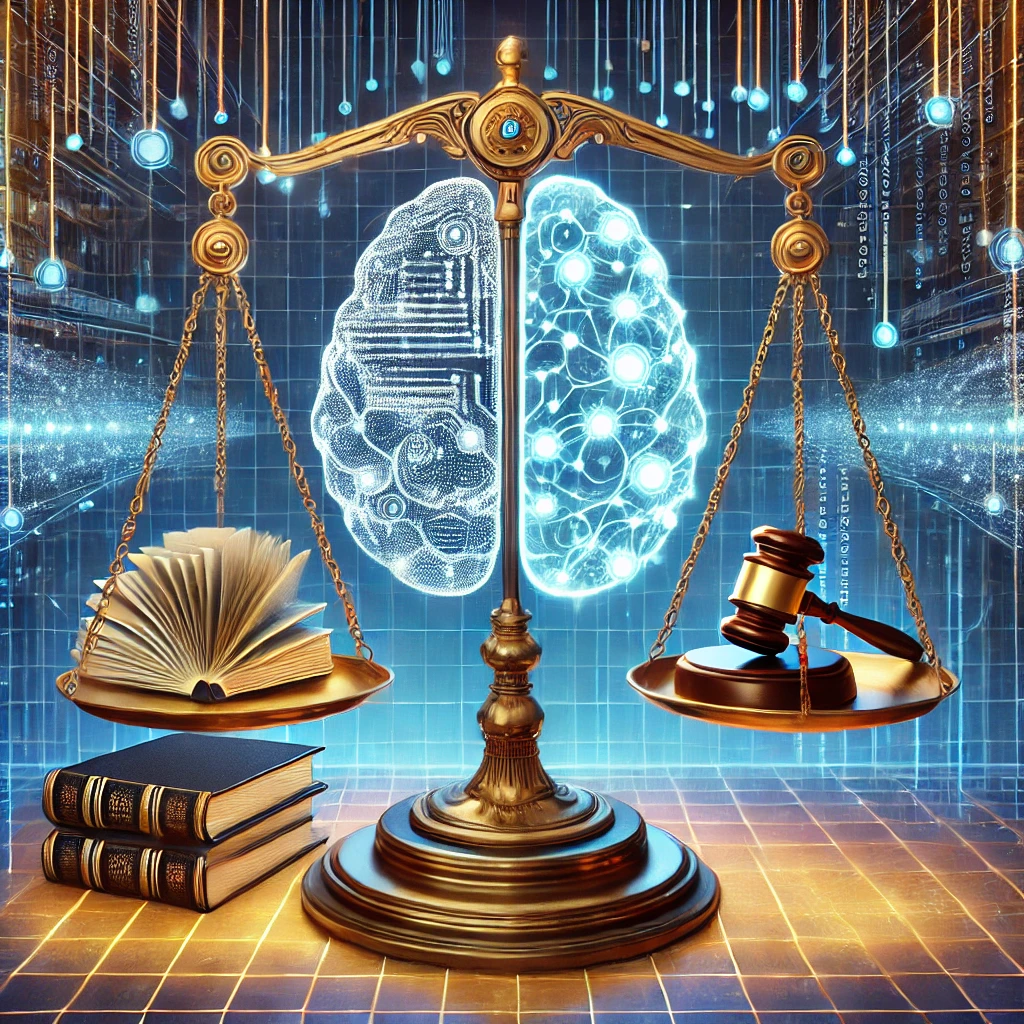Introduction
Japan’s parliamentary deliberations on a new AI (artificial intelligence) law have begun, with the government positioning it as “a law to promote AI utilization rather than a regulatory law with penalties.” However, this approach has raised strong concerns from creators and copyright protection organizations, with some critics harshly arguing that “Japan is offering up its citizens’ rights ahead of the world.” This article examines the implications and challenges of this new law and considers its future prospects.
Characteristics of the New AI Law and Government Policy
The key feature of the new AI law is that it is “a promotional law to encourage AI innovation” and does not impose strict regulations. The government aims to establish AI governance through public-private collaboration, adopting a mechanism for dealing with malicious cases individually.
During the public comment period, 4,557 opinions were submitted, 93% of which came from individuals. Many comments focused on issues such as “introducing criminal penalties for unauthorized AI training” and “mandatory labeling of AI-generated content,” reflecting concerns about copyright and misinformation. However, the government has stated that these issues will be addressed not under the AI law but through existing copyright laws and platform regulations.
Risks and Challenges of a Non-Regulatory Approach
The rapid development of AI poses significant challenges for creators and the content industry. For example:
- Unauthorized AI training that infringes on creators’ copyrights
- The proliferation of fake content, leading to reduced trust in information
- AI-generated content becoming indistinguishable from human-created works, raising transparency concerns
In response to such issues, Western countries are increasingly introducing regulatory measures. The EU’s Artificial Intelligence Act, for instance, imposes different levels of regulation based on risk categories, with high-risk AI systems facing stringent requirements. In contrast, Japan’s AI law does not impose penalties and instead relies on voluntary efforts by industry groups and companies.
Organizations such as NAFCA (Japan Animation Film Culture Federation) and the Recording Industry Association of Japan have called for mandatory labeling of AI-generated content and disclosure obligations for creators of fake content. However, these measures are expected to be left to domestic guidelines and industry rules in the future.
Potential for New Governance Through Public-Private Collaboration
The government’s approach follows a “private sector trials, government expansion” model. Within the industry, several initiatives are already underway:
- Establishing industry rules to prevent unauthorized use in the voice acting industry
- Fujitsu’s proposal for technology that allows content creators to verify the authenticity of their information
- Microsoft’s proposal to utilize adversarial datasets for content filtering
These initiatives could set new industry standards. However, there are limits to industry-led rulemaking, and some cases may require more than voluntary corporate efforts. The key question remains how much support the government will provide and how it will ensure enforcement of these rules.
Future Prospects and Challenges
How Japan’s AI law will be implemented depends on future discussions, but the following points will be crucial:
- Ensuring the effectiveness of public-private collaboration
Beyond industry rulemaking, the government must establish a robust support and oversight system.
- Protecting creators’ rights
Mechanisms must be put in place to ensure transparency in AI training data and promote proper usage.
- Establishing technology to identify AI-generated content
Mandatory labeling of AI-generated content and the development and adoption of identification technologies are essential.
- Harmonizing with international regulations
Japan must align its legal framework with international standards to avoid significant deviations from AI regulations in Europe and the U.S.
Conclusion
Japan’s AI law takes a unique approach by prioritizing governance through public-private collaboration rather than strengthening regulations. However, unless issues like unauthorized AI training and fake content are effectively addressed, creators and consumers will remain uneasy. If industry self-regulation fails to function, stricter legal regulations may become inevitable.
As AI technology continues to evolve, the key challenge will be how the government and industry balance promotion and governance. Without penalties, Japan faces the critical question of how to establish a system that ensures proper governance. The success or failure of Japan’s AI policy hinges on its ability to navigate this delicate balance.

